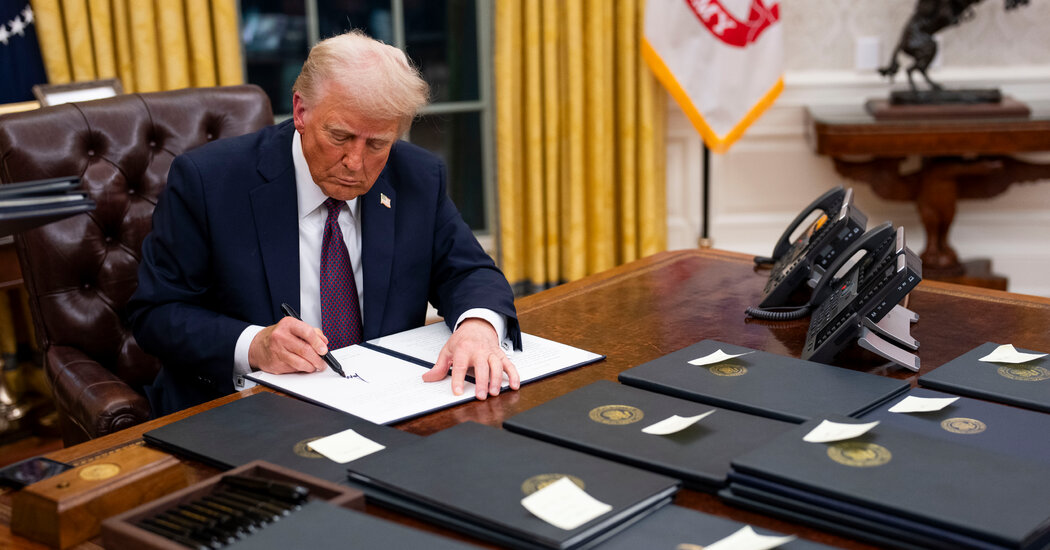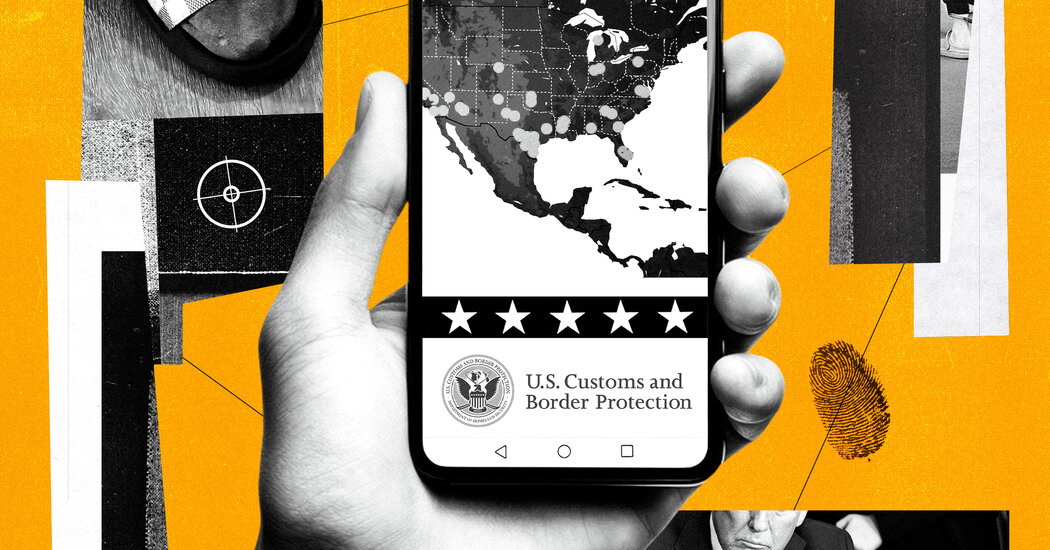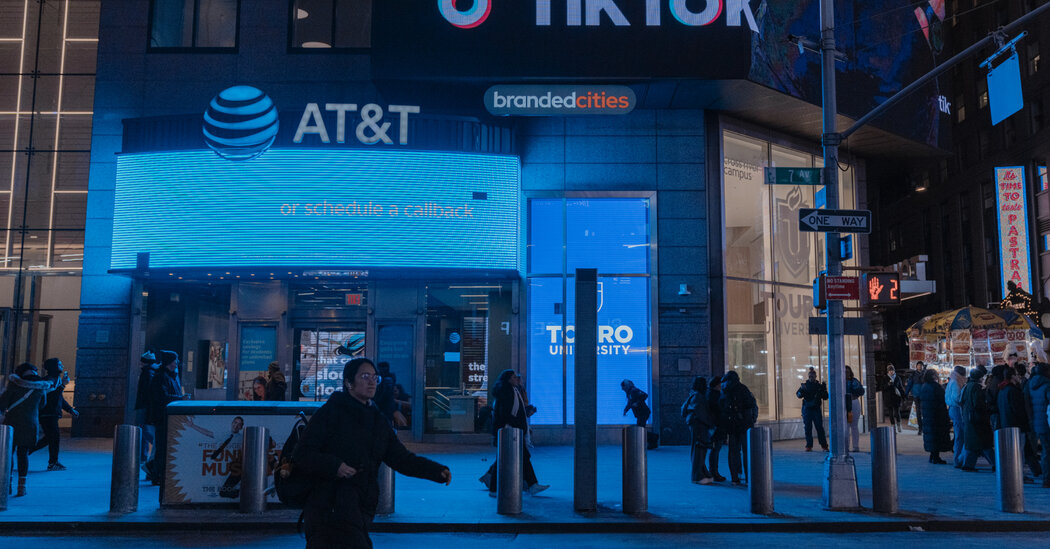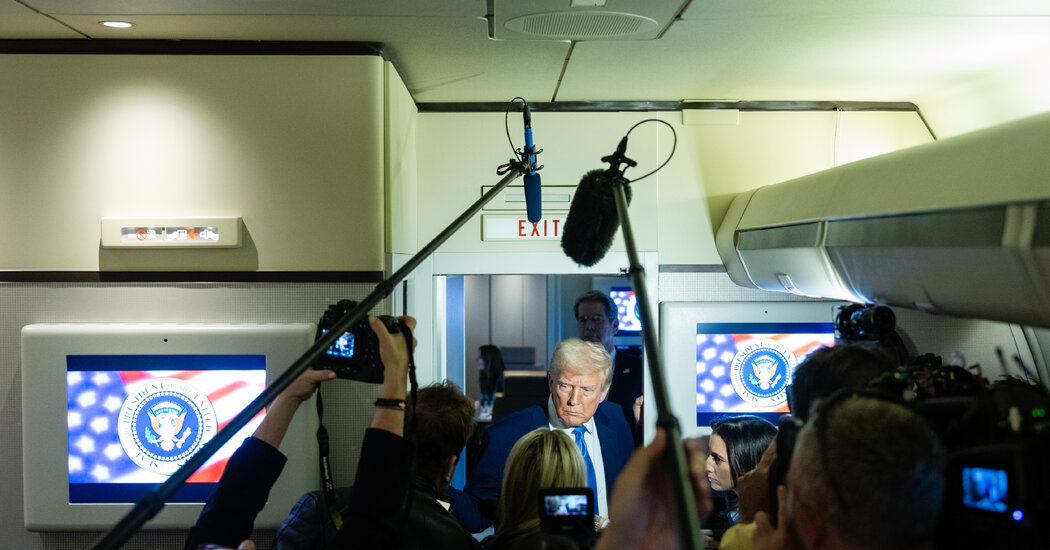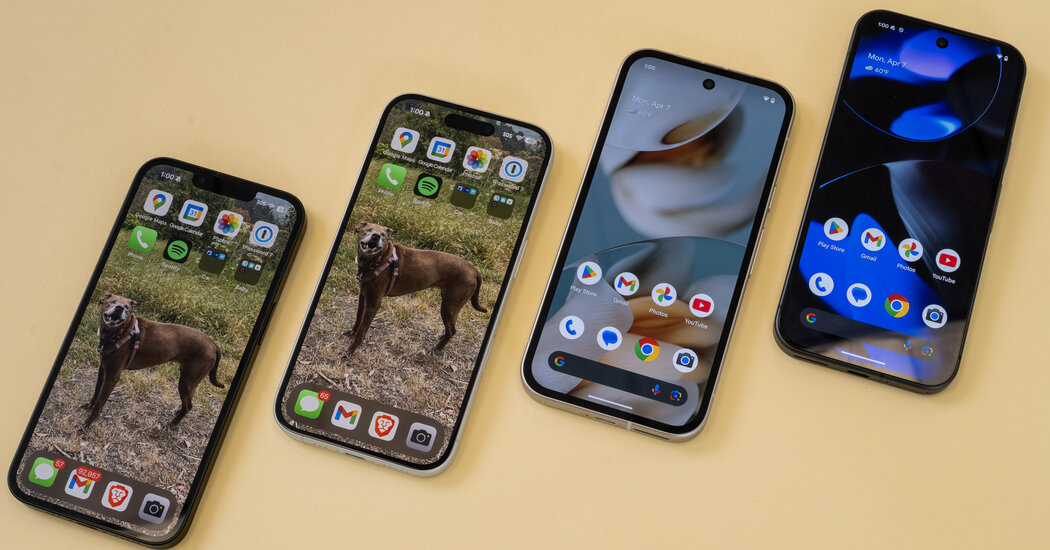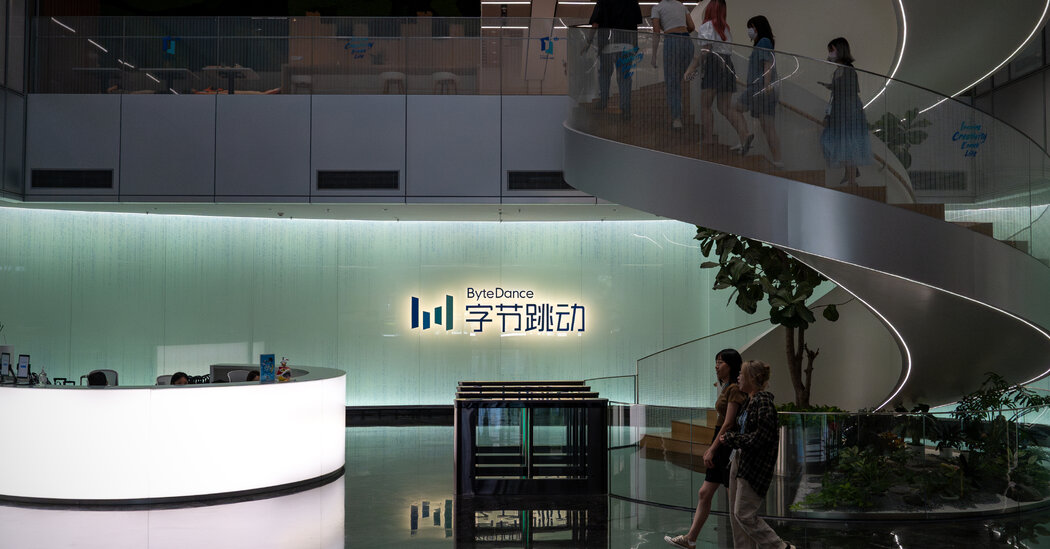President Trump plans to meet with top White House officials on Wednesday to discuss a proposal that could secure TikTok’s future in the United States, two people familiar with the plans said.
Mr. Trump will consider a proposal for a new ownership structure for the popular video app, which is owned by the Chinese internet giant ByteDance. Lawmakers and other U.S. officials have argued that the app’s ties to China raise national security concerns, and a federal law that was passed last year requires TikTok to change its ownership or face a ban in the United States. The latest deadline for that ban is Saturday.
The meeting is set to include Vice President JD Vance, whom Mr. Trump tapped to find an arrangement to save the popular app early in February, and other top officials, the two people said on the condition of anonymity. The new ownership structure, they said, could include Blackstone, the private equity giant, and Oracle, the technology company.
The meeting is another twist in the long national saga of TikTok, which surged in popularity in the United States despite sustained and deep scrutiny in Washington and state capitals. Mr. Trump, who made repeated assurances that he wants to save the app, extended the deadline for a deal in January and suggested that he might do so again if a suitable plan was not reached by early this month.
TikTok did not immediately return a request for comment.
It is not clear that the kind of deal under discussion would comply with the law, which calls for no more than 20 percent of TikTok or its parent company to be owned by people or companies in so-called foreign adversary countries, a list that includes China.
The law also bars a new entity from working with ByteDance to operate its video-recommendation technology or creating a data-sharing agreement.
Mr. Trump suggested last week that he might relax upcoming tariffs on China in exchange for the country’s support of a deal.
TikTok has maintained that it is not for sale, in part, it says, because the Chinese government would block a deal.
